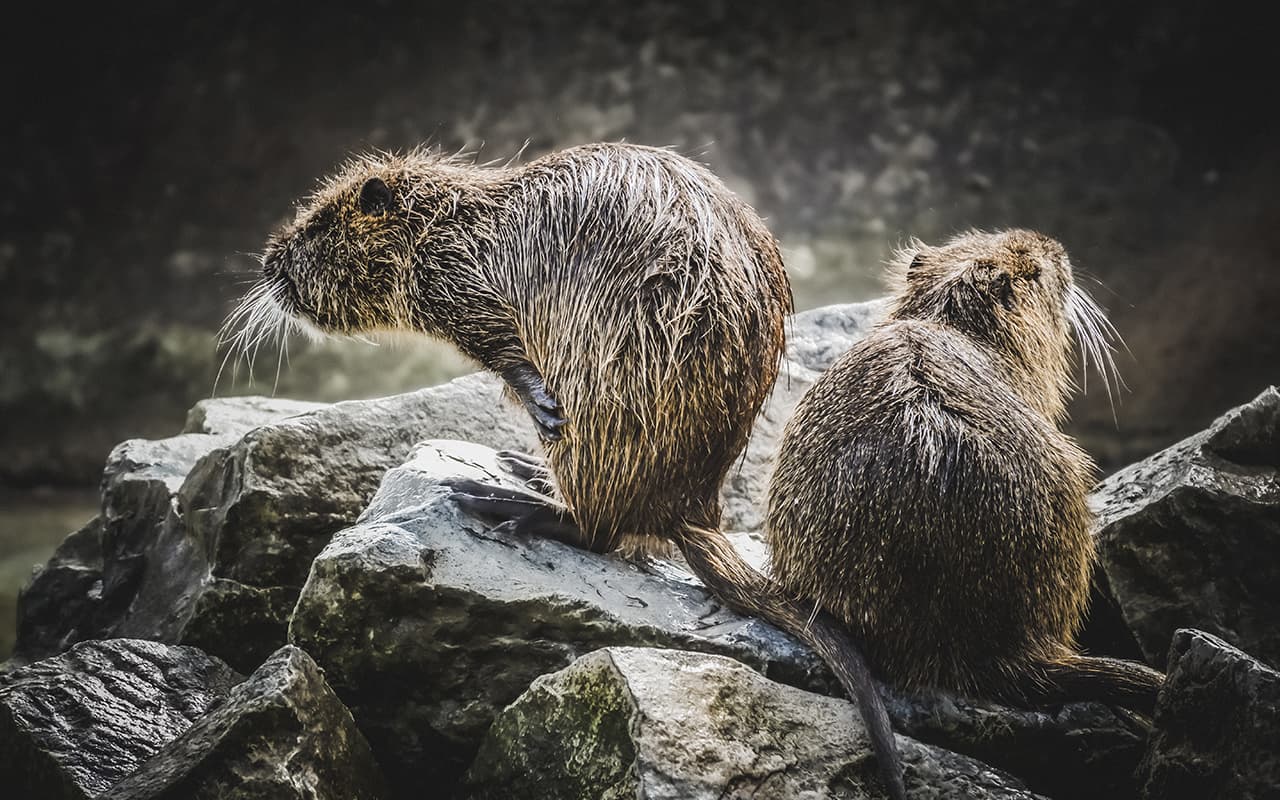How were these seven animals successfully returned to the wild?
Our planet is home to some truly impressive conservation efforts that can bring animals back in ways we previously thought impossible.
Species whose populations have been suffering and declining for decades, if not centuries, are being brought back into their natural habitats with the help of ecological genius and a little bit of luck.
Thousands of birds, rodents, and mammals are being given a new chance to thrive in the places they once called home.
Here are some of the world’s most impressive examples of animals that have been successfully reintroduced into the wild.
European beavers
Beavers once thrived throughout Europe, but fell victim to heavy hunting for their meat and fur. By the sixteenth century, they were considered extinct in many countries.
There are now a number of initiatives to bring them back to Britain. They also serve to protect the environment, and the Scottish beaver trials broke new ground by allowing them to be observed roaming freely for the first time in 400 years.
Wildlife conservation trusts in a record number of British rural areas have since reintroduced them in pairs, and the results look positive enough that more regions are looking to join in.
They now use their dam-building skills to restore habitats, support other animals and reduce flood risk.
Przewalski’s horse
Chernobyl is perhaps one of the most unexpected places in the world to see wildlife thriving.
Eurasian and Iberian lynxes
Europe’s own “big cats” have made a comeback in many countries after being wiped out about 200 years ago.
You may never have noticed any of the actual nocturnal predators, but they are considered keystone species – an important presence that helps maintain healthy populations of other animals.
The Eurasian lynx was reintroduced to the Swiss Alps back in the 70s of the last century, while the Iberian lynx lives in warmer climates such as Spain and Portugal. There are also belts of resettlement zones across Slovenia, France, Italy, the Czech Republic, and Austria.
The high degree of habitat fragmentation in the Alpine region risks putting Eurasian species at risk again. Nevertheless, there are at least 9000 of them on the continent, contributing to the ecosystem.
Tasmanian devil
Contrary to what the name might lead you to believe, Tasmanian devils have not always been strictly confined to the island that bears their name.
Around 3000 years ago, you could find them in many other parts of Australia before they were wiped out due to disease and, somewhat mythically, the arrival of Australian dingoes.
Last year, the Tasmanian devil re-established a presence in a wildlife sanctuary in New South Wales – quite a distance from its island of origin. Those managing the reintroduction hope the marsupials will be able to control the state’s feral cat and fox population.
White stork
Don’t be fooled by their association with fertility in popular culture – for a time, the white stork had a very difficult time maintaining its numbers in Europe. They were almost completely wiped out in the 1960s due to the growth of industrialization.
This was very disturbing for the inhabitants of the tourist region of Alsace, eastern France, as the bird was their emblem. For a period, they were rarely seen outside of gifts and art used to promote the area.
In 1976, the NaturOparc reintroduction center, located in the Wine Valley of Alsace, opened as a breeding center to rebuild the population. A number of other organizations, including the Association for the Protection and Reintroduction of Storks in Alsace and Lorraine (APRSAL), joined the fight.
As a result, the number of black-and-white birds has grown from 10 active pairs in Alsace to more than 600 today.
The black-bellied hamster
It is not often that such a small animal becomes the subject of debate in the European courts.
Back in 2011, the black-bellied hamster suffered just that, as the lack of welfare protection against its perceived “cruelty” led to a decline in the number of the grazing rodent in Europe.
Despite protections aimed at ensuring that the animal is not considered a pest, it has faced and continues to face obstacles such as climate change, agriculture, and light pollution.
However, the number of initiatives helping it thrive across the continent is growing.
